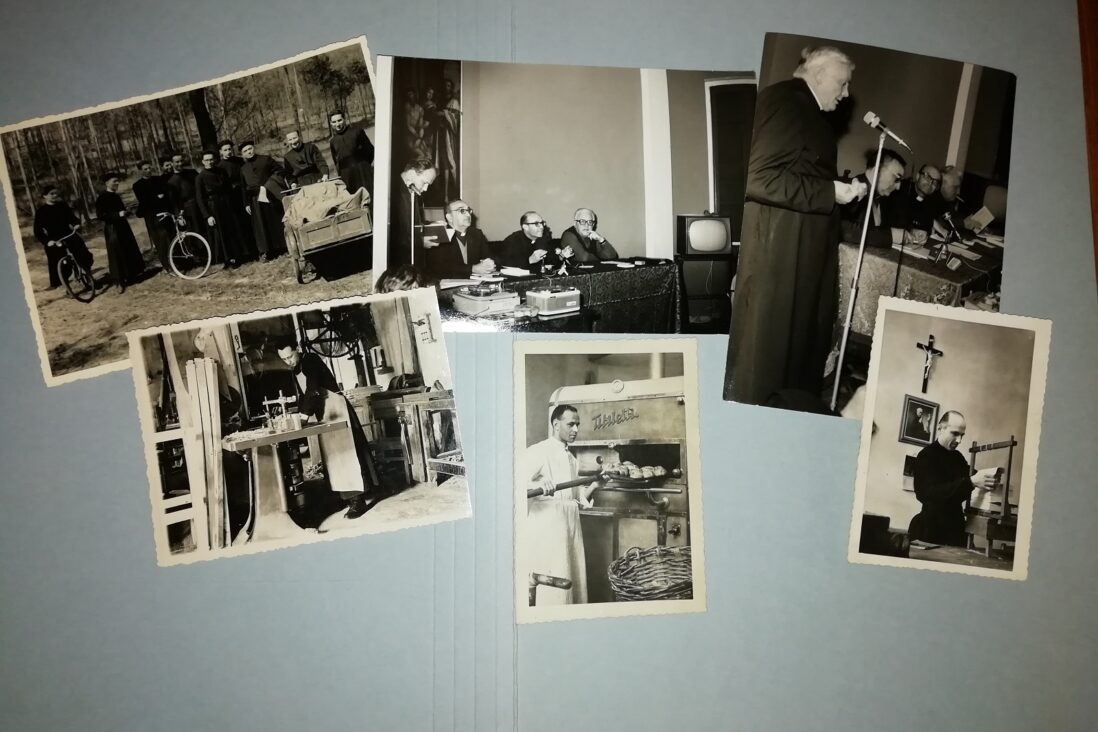Entering progress: the arrival of technology in Jesuit communities

In the common imagination, there is often a tendency to think that religious orders in the past had several reservations about progress and technology, sometimes it is believed that convents and monasteries still live isolated from the surrounding world.
If even cloistered convents have come to be connected, let us not be surprised if technology was also considered a valuable tool for everyday life in the past.
On this subject too, the historical archive comes to the rescue, showing how technology, science and progress were at home in the communities of the Society of Jesus and rather appreciated.
The instrumentation used by Fr Angelo Secchi, for example, was the result of the most advanced technology of the time; the Jesuit himself sourced the most avant-garde instruments to enrich his observatory, as the list of Secchi’s instrumentation, preserved in the archives, testifies.
And in everyday life?
Let’s look at a few examples: the minutes of the house councils of the Gesù residence in Rome tell us that in the 1920s electricity made its entrance, with the installation of a system, a few years later the lift would be installed. The same years also saw the arrival of the telephone, with which the fathers began to become familiar; house consultants recall that some spoke on the phone too loudly, disturbing the silence in the house.
In the same building, in the Scholasticate of the Roman Province, now the International College, a refrigerator was brought in in 1946, indispensable for the preservation of food, given the large number of Jesuits that made up the college community, which was always growing in order to accommodate the Jesuits in formation. The house also had a system for ringing the bell to call the fathers to the daily moments of community life: prayer, meals, mass. Before the bell was electric, it was the job of one or more brothers to ring the bell by hand, walking through the corridors to alert the whole community.
Also in 1946, the community bought a used Fiat van, indispensable for accompanying schoolchildren and transporting supplies from one residence to another. Technology slowly entered all areas of the house, hot water arrived, heating systems were developed. In many residences there were no bathrooms, which were built and placed first in a single wing of the residence and in the course of time provided in every room, compatible with the structure of the building.
Progress was also evident in other aspects, such as the use of Italian to write historiae domus and house diaries or letters to the province, timid first presences, which only became the rule after the Second Vatican Council, while for some more traditionalist communities Latin was used until the 1980s.
In the 1940s the superiors, as happened in the Roman Scholasticate, allowed Jesuits to express themselves in the vernacular language and not in Latin, during conversations in recreational activities, scholastics were allowed to do so especially in August.
Maria Macchi











